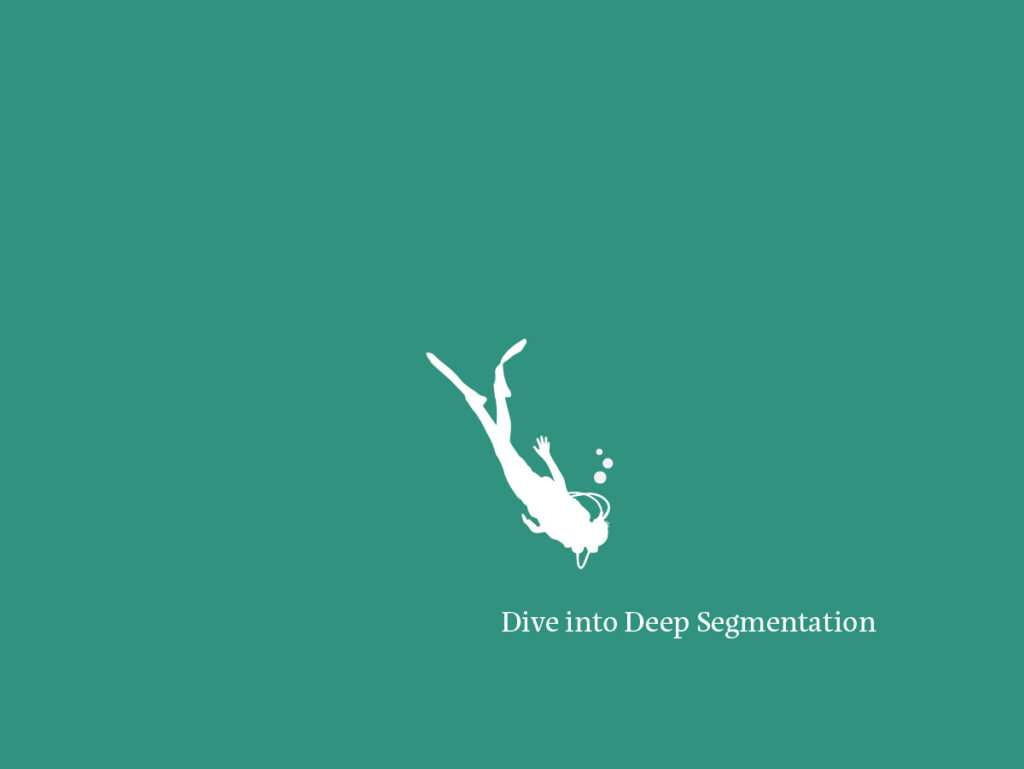Are you familiar with the term deep segmentation? Sometimes better known as market segmentation – it is the strategy of dividing your target audience into smaller, more manageable categories.
Deep segmentation can be broken down into four types. Demographic, geographic, psychographics, and behavioral – all of which help you understand the people who you’re marketing your products or services to.
Let’s dive deeper into it.

The Importance of Deep Segmentation
When properly utilizing deep segmentation, you’ll be able to leverage this targeting in all your marketing strategies. This results in more leads and purchases.
In business, those who don’t fully understand the power of deep segmentation are working overtime to push advertising to people who would never even consider buying the product or service. Why won’t they buy? Because they aren’t the target audience.
Consider this analogy – if you had to beg someone to spend time with you every week, would you keep investing time and energy into a person who shows no interest? Probably not.
You can use that same thought process in marketing, too. Why would you continue advertising to people who aren’t engaging with your content? With deep segmentation, you’re finding the link between what you’re selling and who you’re selling to, so your product and service reach the right people.

Other benefits of Market Segmentation:
- More meaningful marketing messages – your communications don’t have to be generic or vague. You can speak directly to a specific group of people in ways they can relate to because you understand their characteristics, wants, and needs.
- Utilize effective marketing strategies – understanding your target audience gives you a head start on what methods, tactics, and solutions they will be most responsive to.
- Attract the right customers – deep segmentation helps you create targeted, clear, and direct messaging that attracts the people you want to buy from you.
- Increasing brand loyalty – when customers feel understood and well served, they are more likely to buy from you consistently.
- Stand out from the competition – specific, personal messaging makes your brand stand out and essentially lands directly in front of potential customers.
- Driving growth – encourage customers to buy from you again or trade up from a lower-priced product or service.
- Product development – when you know your customers, you get insight into what they need. Design with the needs of your customers top of mind, and develop different products that cater accordingly.
Start segmenting today
So now you know how beneficial deep segmentation can be, here’s what you need to do to get started.
- Understand and define your market
- Break your market into specific categories
- Determine your ideal candidate
- Create customer categories
- Bring your strategy to life
To further this, do you want to know more about what are four types of behavioral segmentation? You have demographics, geographic, psychographics, and behavioral – here’s how can you begin using these categories.

Demographic
This type of segmentation divides the market into categories of age, gender, education, occupation, income, family size, and ethnicity – to name a few. It’s one of the most common types of segmentation breakdowns, as it’s the most obvious when determining your ideal customer. One element is usually selected during segmentation, but with deep segmentation the more specific you are the better.
Geographic
Geographic segmentation targets customers based location – this could mean by country, state, county, or city. When it comes to geography, people will have differences in cultures, values, and interests, so marketing will vary depending. However, similarly to demographic segmentation, the more niche you can target, the better the results.
Psychographics
Psychographic segmentation is different from the types above – this is where you’ll focus on the intrinsic traits of your potential customers. But it requires thought on their personalities, interests, attitudes, lifestyles, and opinions – ultimately, trying to discover what drives them to action. To help with this segmentation, conducting surveys, polls, and interviews can give valuable insights.
Behavioral
Lastly, behavioral segmentation is similar to psychographics in that you must understand your potential customers on a deeper, intrinsic level. However, the difference is in the tracking – in this type, you’re watching buying behavior and the decision-making process people go through. Doing so will help you understand how to be proactive and address questions and concerns while also ensuring your product and service are front of mind when the decision to buy is made.
Will You Use Deep Segmentation?
Now that you understand how this marketing practice benefits your business and how to implement it in your daily optimization – will you begin today?
Like anything, as long as you’re moving forward – it’s okay to take your time figuring it out. Understanding your perfect customer or candidate won’t happen overnight. However, by utilizing this knowledge and knowing what to look for – you can get a good head start.
At the Franchise Brokers Association, we have more than just marketing tips – we have franchises and broker opportunities, too.
You can visit us anytime at www.franchiseba.com or call our specialists at (866) 395-4697 to learn more about what we offer!


